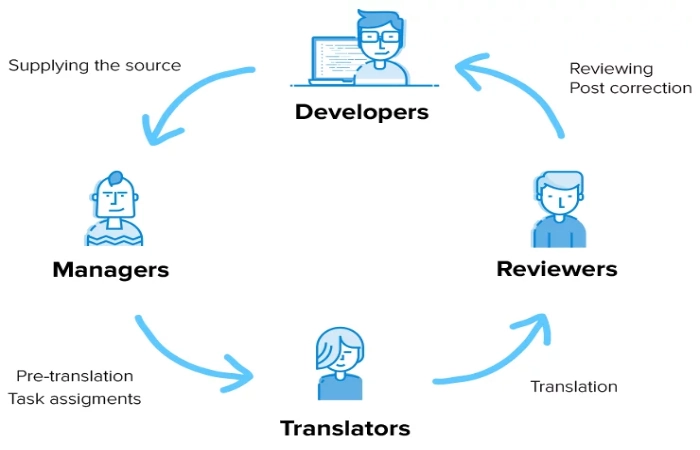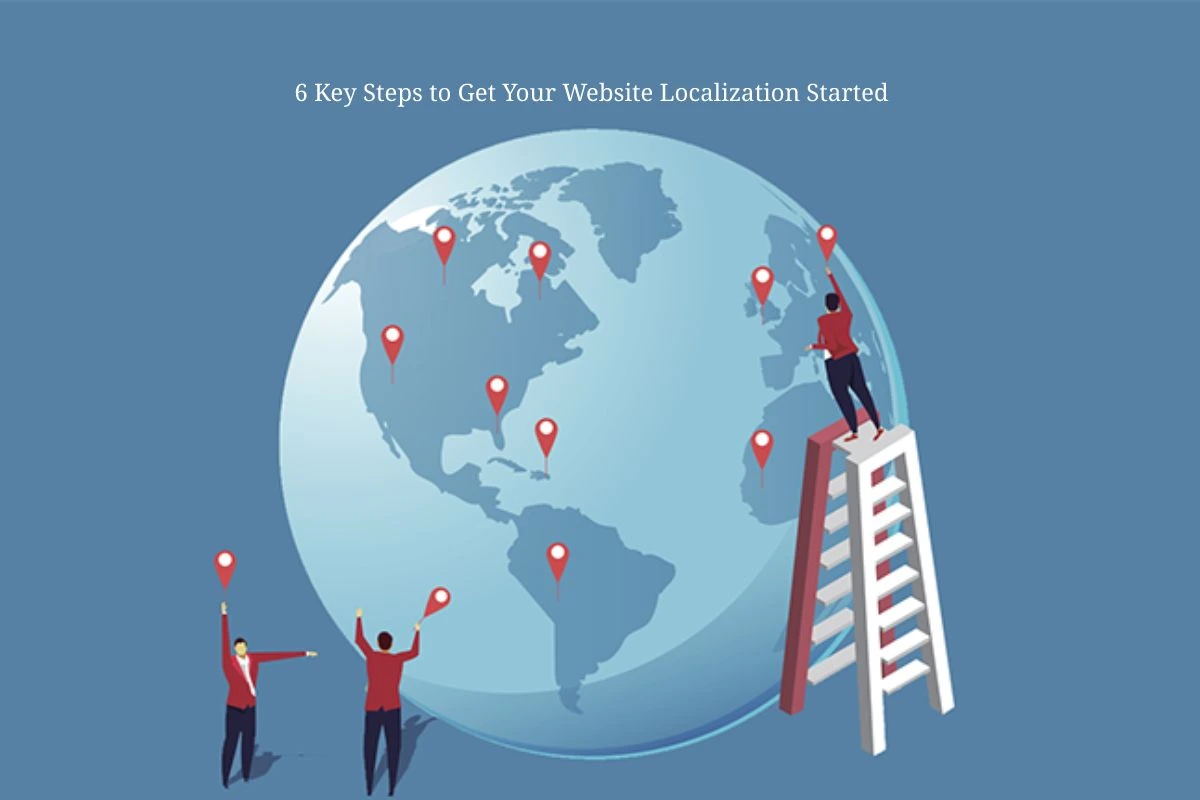6 Key Steps to Get Your Website Localization Started – Just like brick-and-mortar owners spend a lot of time and energy on making their storefronts as good-looking as possible, the same is valid and applicable when talking about a company website or an eCommerce store—your storefront matters.
Put differently, you can consider your website as the digital front door of your business. If you think about it, it’s really the first place where people interact with your company.
Moreover, if you’re considering expanding overseas and building an international website, you should definitely consider how your storefront looks and feels to your international customers, regardless of where they’re from, and whether it makes them feel welcome to do business with you.
Did you know that 87% of all consumers who don’t speak and understand English won’t even consider buying from an English website? So, if you want to sell to your international audience, you first need to optimize your website for foreign audiences, and this is where website localization comes in.
What is Website Localization?
First things first, website localization is not the same as website translation. When localizing your website for a foreign audience, you need to adjust every aspect of it to fit your international market needs, from a layout with enough space for various languages to using photographs that adequately represent the market to using payment processes that fit customer preferences.
As you can tell, website translation is only one (but very important) part of the entire localization process. In this article, we’ll walk you through the six key steps you must take if you’re preparing for website localization and conquering international markets.
Steps to Follow and Enjoy Seamless Website Localization Process

Determine your Localization Strategy
First of all, you need to define your localization strategy. This step is all about thinking through the entire plan of how you’ll adapt your offerings, content, and messaging to the new market in a way that aligns with your brand and how you’ll measure the success of your plan.
That’s because expanding your international presence doesn’t just mean using the best translation software solution to translate the words on your website. Localization is how you present the information, tone, and voice you’ll use for the target market, understanding the cultural differences, payment options, and so much more when expanding your business to another market.
Assemble a Dedicated Localization Team
To do that, you’ll need to assemble a dedicated localization team of experts that includes professionals from various disciplines like project management, tech, design, linguistics, marketing, and more.
You’ll need a developer or two to source the code. The translators will work on the content, the designer will focus on the UI and UX, and the localization manager will coordinate the workflow of the entire project.
Website Internationalization
Before localizing your content, you will need to take your website through an internationalization process so that your translated content can be easily integrated into the local website.
Programmers specializing in website internationalization usually use Uncode UTF-8, the industry standard that supports all global languages. From there, your dev team should work with your linguists to divide the source codes and determine the translatable strings to adapt the existing data to new languages.
In addition, you will also need to enable codes for local preferences, such as specific formats for date and time, addresses, local calendars, numbers, and, of course, currencies.
Translate the Content
Accurate content translation is perhaps the most critical component of any website localization process. However, if you want to streamline the process and automate the translation as much as possible, you can always use professional translation software that supports the target language.
Once the translating team has done their jobs, consider hiring a local expert to review the translation and ensure that your efforts get the points across effectively and resonate with the local audience.
Multilingual SEO
All the hard work your team, will invest into localizing your website will be for nothing if your international audience can’t find your website on local search engines. Therefore, don’t forget to work on your multilingual SEO, which will propel these efforts.
People in different regions of the world have different search behaviors. For example, they may use search terms that are not direct translations of your target keywords in your native language.
That is why you should ensure that your marketing team performs a thorough multilingual SEO keyword and market research for the targeted country or region. This way, you’ll know how local consumers search for desired products similar to yours and adjust your on-site SEO when localizing your website.
Test Before Launch
As everything is ready to go, check your website on all platforms and devices to ensure that the content and everything else is appropriately displayed. For instance, if the translated text is longer than your original text, it might impact your website layout, so you may have to adjust the spacing or image size accordingly before going live.
Or, your target market may have different browser or device preferences, so test your website on local browsing habits to ensure a seamless user experience. Finally, don’t forget to check how your new audience responds to your content. To do that, conduct A/B testing and analyze your site’s metrics to see what works best for the audience in the new region.
Final words
In the end, you need to keep in mind that the website localization process can be highly intimidating. Still, as difficult as the process might seem at first, you should never lose sight of your ultimate goal—to connect with a new local audience and build brand awareness, cultivate meaningful relationships, turn them into paying customers, and expand your business—and proceed.

